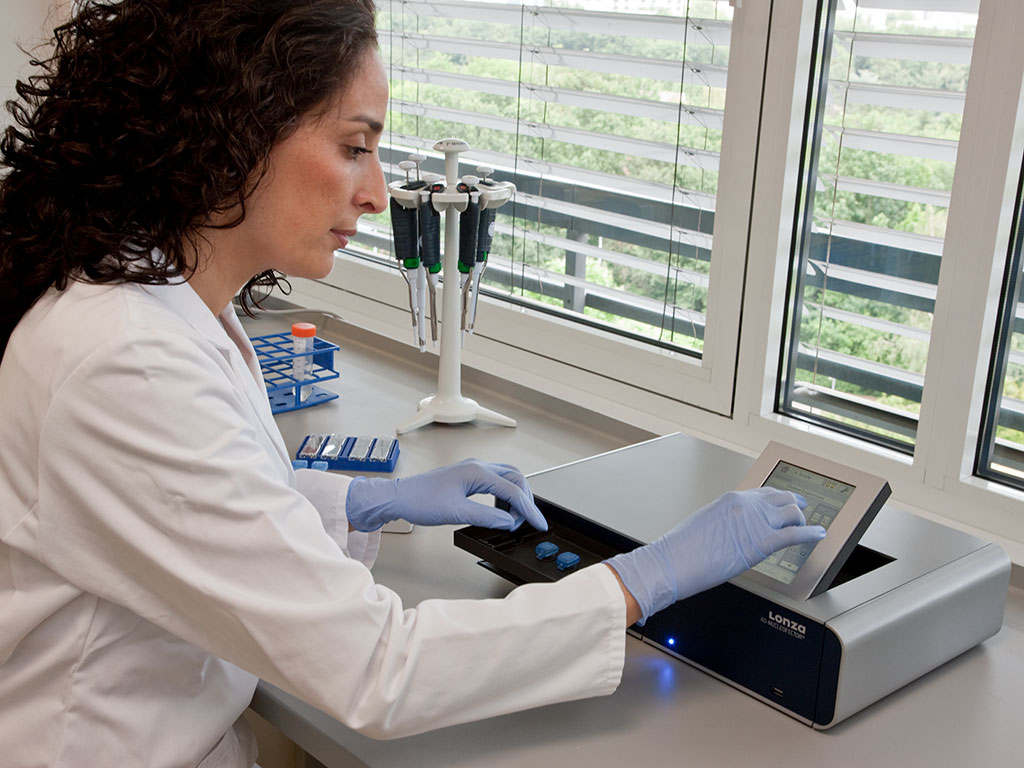Primary human hepatocytes (PHH) are the gold standard in vitro tool for toxicology and drug discovery studies. While PHH users face the challenge of an efficient transfection, a good quality starting material is their first choice to ensure high viability and functionality of hepatocytes. A very gentle handling during thawing process procedure and transfection is crucial.
To address the needs for long-term culture of human primary hepatocytes which were transfected using the NucleofectorTM Technology, conditions preserving cell functionality over time were identified and described in this white paper about transfection of primary human hepatocytes.
Cryopreserved human primary hepatocytes were transfected with program DS-150 by using 5μg CleanCap® mCherry mRNA.
As functionality over longer times is as important as an efficient transfection, sustained and very efficient mRNA expression of up to 85% was observed after transfection with this specific mCherry mRNA. Similar to the non-transfected cells transfected hepatocytes formed complex branched bile canaliculi network within 4 days of culture. In this white paper about transfection of primary human hepatocytes, it was shown that Cholyl-lysyl-fluorescein (CLF staining, Corning) was used for visualization of the bile canaliculi formation (Figure 5B). Cells were incubated for 1 hour at 37°C in medium containing 4µM CLF followed by three washing steps with 500µL medium, prior to examination by fluorescence microscopy.
An overlay of the mCherry transfection efficiency (visualized in red by fluorescence) and CLF bile canaliculi staining is also shown.
In addition to the 7 days of gene expression the cells form a dense monolayer with functional bile canaliculi and an intact morphology.
One aspect may draw your attention: the same program only shows 20% efficiency with the pmaxGFPTM Control Vector or pmaxGFPTM Positive Control. As nucleofection is a cell-specific method rather than substrate-specific, we learned that it is possible to use a “smoother” program for mRNA (keeping in mind that this substrate needs to be delivered only to the cytoplasm). So, for primary hepatocytes a so called “high efficient program for DNA” and a “high functionality program" for mRNA was developed.
DNA transfection for short term:
DNA transfection with the program EX-147 was tested with the pmaxGFPTM Positive Control but also with a ß-galactosidase expressing plasmid. High efficiencies could be seen after 24h and the cells started to show an intact bile canaliculi formation over the following days. However, the albumin secretion might decrease in a donor dependent manner after 24h. Therefore, it might be an efficient condition for short term experiments where high transfection efficiencies are crucial.
Written by Siham and Elke
Scientific Support Specialists, Lonza Pharma-Bioscience Solutions at Lonza

